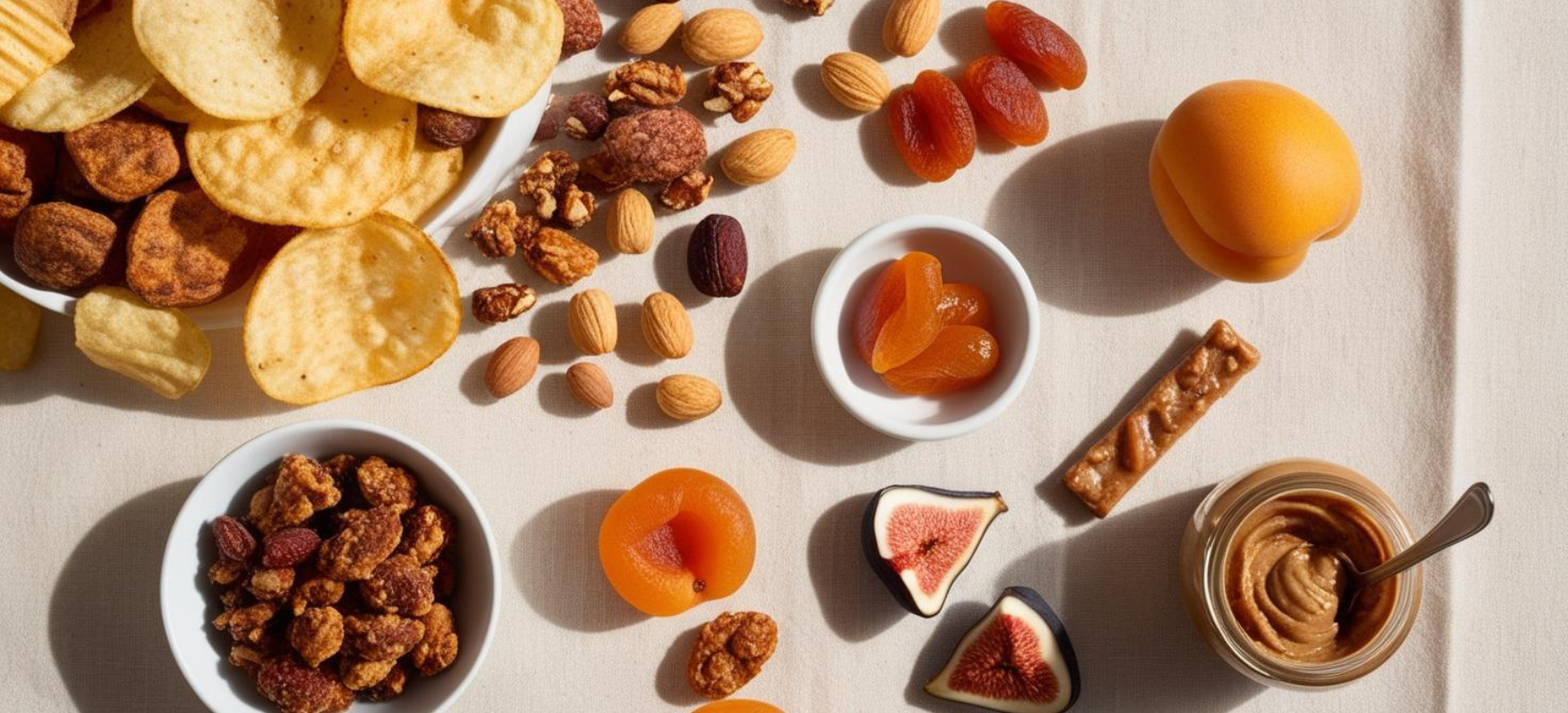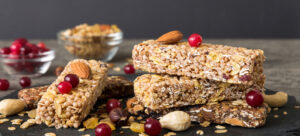Texture plays a powerful role in how we experience food—often just as important as taste. The sensation of crunch, chewiness, or smoothness can influence satisfaction, perception of freshness, and even our emotional connection to eating. Beyond flavor, texture engages our senses in ways that shape enjoyment, expectations, and even nutrition.
Crunch: The Sound of Freshness
Crunchy textures, like those in toasted nuts, chips, or snack bars, signal freshness and trigger immediate sensory pleasure. The sound and feel of a crisp bite can elevate the eating experience, often associated with alertness, indulgence, or excitement. It’s no surprise that many snacks are designed to maximize crunch.
Chewiness and Satiety
Chewy foods—think dried fruits, protein bars, or gummy supplements—promote slower eating and prolonged enjoyment. This not only enhances satiety but also encourages more mindful snacking. The time it takes to chew allows for better digestion and a stronger sense of fullness.
Smoothness and Comfort
Smooth textures, found in yogurt, creamy spreads, or soups, evoke comfort and luxury. Creaminess is often associated with richness and indulgence, making it a key component in foods designed to soothe or pamper.
Texture Enhances Flavor and Quality
Scientific studies show that texture influences flavor perception: creamy textures can enhance sweetness, while crisp textures amplify saltiness. Texture also communicates product quality. A soggy chip or grainy chocolate can lead to rejection, even if the flavor is good.
Crafting the Perfect Bite
Food developers use precise techniques and ingredients—like natural gums or fibres such as Gum Arabic—to control texture. These components improve mouthfeel, enhance binding, and can even boost nutritional value.
Ultimately, texture is more than a sensory detail—it’s a critical part of food innovation, shaping how we enjoy and connect with what we eat.





